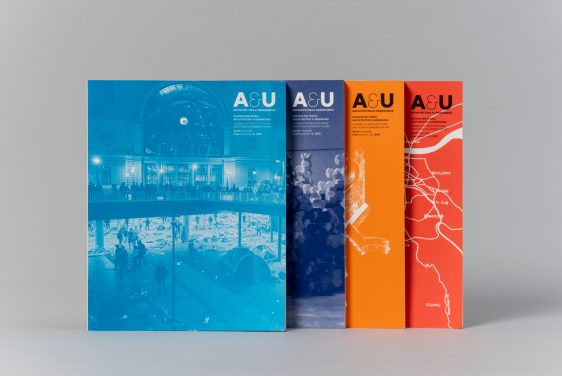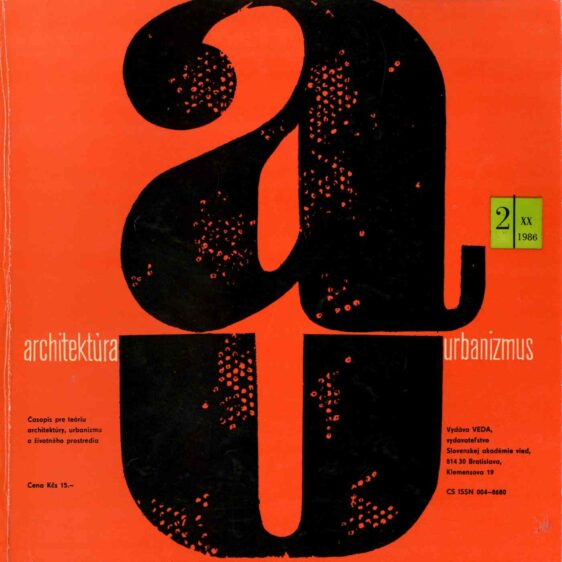The academic peer-reviewed journal Architektúra & urbanizmus provides a forum for the publication of research papers on architecture and town-planning. The attention is concentrated on the theory, history, philosophy and culture of architecture and town-planning of 20th and 21st century in Central and Eastern Europe. The published papers deal with the relation of architecture and town-planning to art, technology and environment. They also present research results of architecture and town-planning sociology and psychology, social ecology, environment technology and of other theoretical disciplines which contribute to the development of the theoretical knowledge in architecture and town-planning. The papers further deal with methods of appreciation and criticism of architectural and town-planning activities, as with appreciation of outstanding architects, architectonic works and periods. Papers on architecture and town-planning education, book reviews and information on scientific meetings are involved. The quarterly is published by the Department of Architecture of the Institute of History of the Slovak Academy of Sciences.
Architektúra & urbanismus is indexed in Web of Science Core Collection and Humanities Citation Index and in Current Contents – Arts & Humanities, in SCOPUS the Elsevier Bibliographic Database, in Journal index of the Royal Institute of British Architects (RIBA), Central and East European online Library (CEEOL), EBSCO and Directory of Open Access Journals (DOAJ).
Architektúra & urbanizmus is an open-access journal which means that all content is freely available to the users or their institution. Users are allowed to read, download, copy, distribute, print, search, or link to the full texts of the articles, or use them for any other lawful purpose, without asking prior permission from the publisher or the author. The journal is open access according to definition of Budapest Open Access Initiative (BOAI) and the contributions are licensed under public license CC-BY 4.0.
Published biannualy
EV 3179/09
ISSN 0044-8680 (print)
ISSN 2729-8752 (online)

